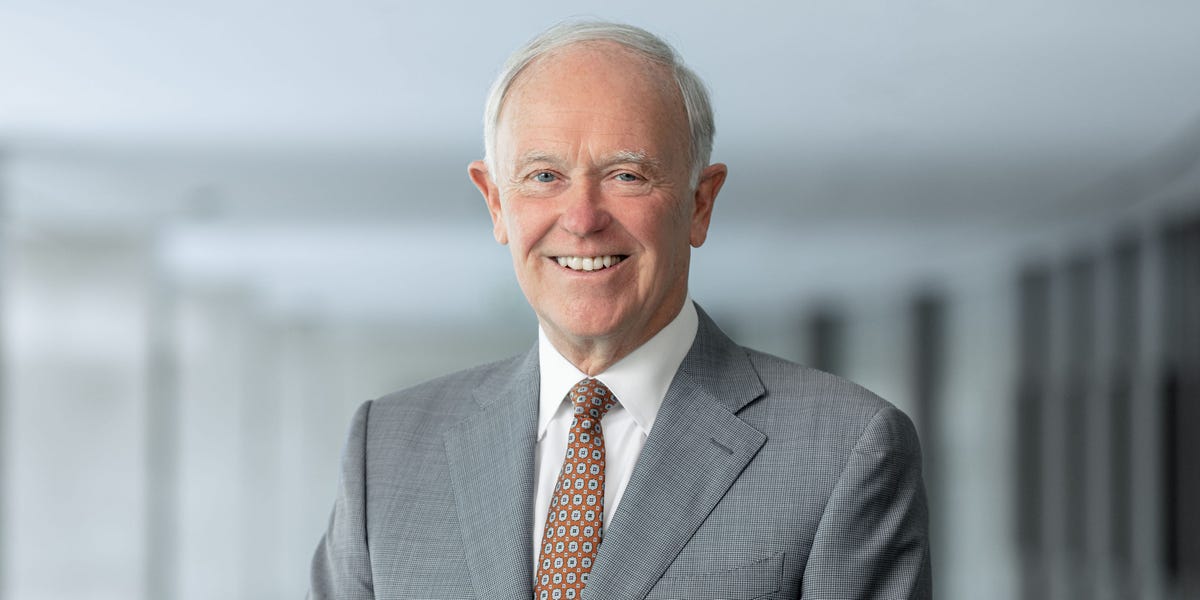How Tim Clark Transformed Emirates: The Visionary Who Turned Dubai into a Global Aviation Powerhouse

Tim Clark stands as a visionary architect of modern aviation, having played a pivotal role in establishing Emirates and serving as its president for over 20 remarkable years. Under his leadership, Emirates has dramatically transformed the landscape of long-haul international travel, revolutionizing how passengers experience global connectivity.
From its humble beginnings in Dubai, the airline has grown into a global powerhouse, setting new standards in air travel comfort, innovation, and operational excellence. Clark's strategic vision has been instrumental in positioning Emirates as a benchmark carrier that has redefined intercontinental flight experiences, challenging traditional aviation models and creating a new paradigm of international air transportation.
His leadership has not only propelled Emirates to become one of the world's most recognized airlines but has also significantly contributed to Dubai's emergence as a global aviation hub. Through strategic expansion, cutting-edge fleet investments, and a relentless commitment to passenger experience, Tim Clark has etched his name in aviation history as a true industry pioneer.

